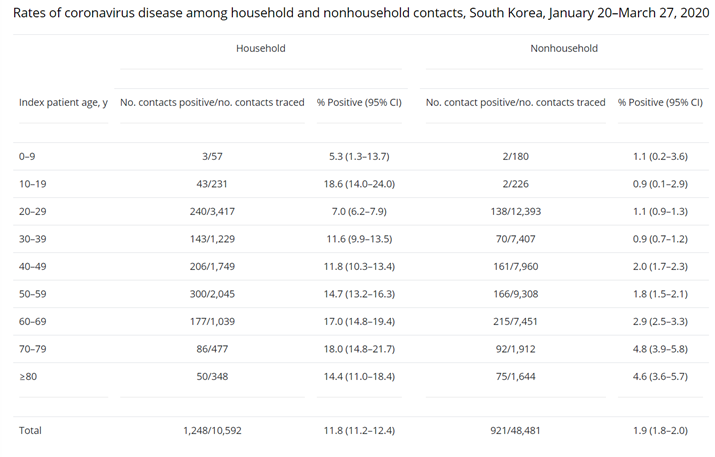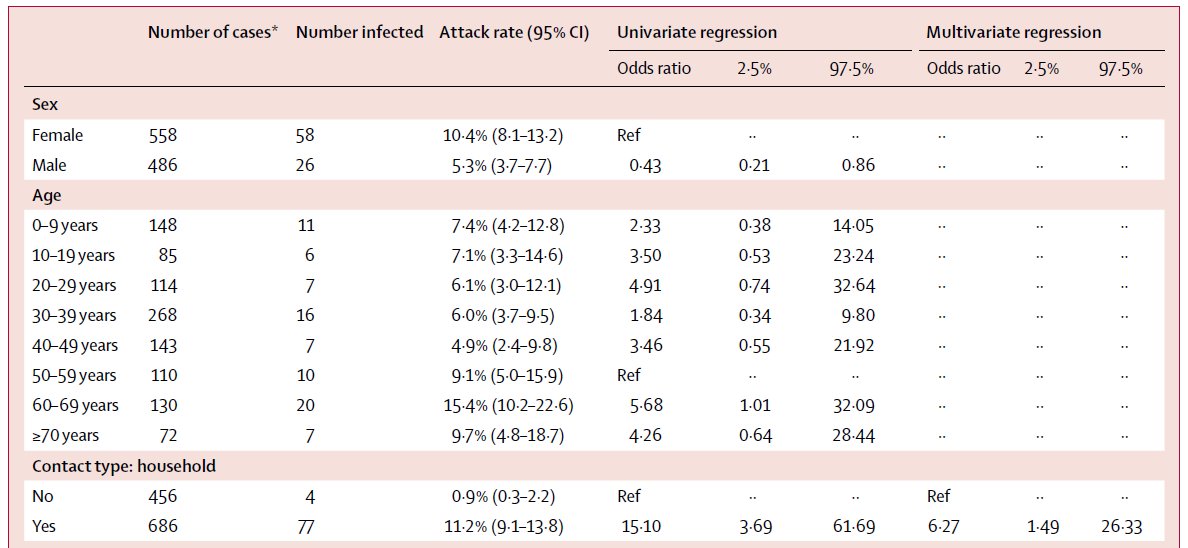
What fraction of people have been infected w/ SARS-CoV-2?
Are cases in some states (e.g. ND) declining b/c they've reached herd immunity?
Some have suggested that a large fraction of the population in these states have been infected & this is important part of decline.
Are cases in some states (e.g. ND) declining b/c they've reached herd immunity?
Some have suggested that a large fraction of the population in these states have been infected & this is important part of decline.

For example @trvrb recently shared @youyanggu estimate that 30% of ND was infected by Nov 8. There has been another 20K cases (+33% compared to 60K then), so this would suggest ~40% have been infected by now. But how are these calculations being done?
https://twitter.com/trvrb/status/1329546635253190656
@youyanggu nicely provides details of his calculations here: covid19-projections.com/estimating-tru…
& how they result in a ratio of infections/case on a given day (ratio is assumed to decline over time) given a test positivity.


& how they result in a ratio of infections/case on a given day (ratio is assumed to decline over time) given a test positivity.



I'm worried about this approach b\c the ratio of cases/infections isn't actually based on any hard data. There are only a few rigorous estimates of this ratio (I show an early one & calculated a recent one here:
https://twitter.com/DiseaseEcology/status/1321918854029692928).
An alternate approach used by many is to estimate the infections from the deaths. @youyanggu sometimes does this & assesses his infection estimates by calculating a whole-population chance of death give infection or Infection Fatality Risk (
https://twitter.com/DiseaseEcology/status/1252844190070829056).
But we now have many rigorous estimates of IFR by age (

https://twitter.com/DiseaseEcology/status/1293976338219458560) & can estimate fraction of pop infected from the deaths in each age bin. Given huge range of IFR w/ age & variation in age structure, a whole-pop IFR is not accurate & masks w/in pop variation.


If we use the Spain IFR estimates (medrxiv.org/content/10.110…) that are in the middle of all estimates & fine resolution (1/10 yrs) + age distribution in ND (data.census.gov/cedsci/) + deaths by age group (health.nd.gov/diseases-condi…), we can estimate fraction infected by age group. 



Here's details & results.
It suggests:
-cumulative exposure is highest in 20-60 yr olds (16-26%) & 80+ w/ upper 95% CIs of 32-43% in a couple age bins
-much lower (~10%) in 60-79 yr olds.

It suggests:
-cumulative exposure is highest in 20-60 yr olds (16-26%) & 80+ w/ upper 95% CIs of 32-43% in a couple age bins
-much lower (~10%) in 60-79 yr olds.


Given avg delay b/w infection & death of ~27 days (bmj.com/content/369/bm…), this estimate includes infections roughly through ~Nov 5.
Although some of the age-specific estimates aren't that much lower than @youyanggu 's estimates for Nov 8, some are much lower (specifically 60-79 yr olds). This age-specific variation is important b/c it means that this highly vulnerable group is still mostly susceptible.
What about role of herd immunity in reversing surge? ~25% is likely too low to reverse sharply growing epidemic, although precise estimates are tough (
https://twitter.com/DiseaseEcology/status/1275595167936868352). But if contact rates changed as epidemic got severe 25% could make a bit of a difference.
Whatever behavioral changes have occurred to reverse epidemic in ND I hope they persist until vaccination in 2021can reach remaining 65-85% of population (another 5-10% of each age have been infected over last few weeks but haven't died yet).
• • •
Missing some Tweet in this thread? You can try to
force a refresh











